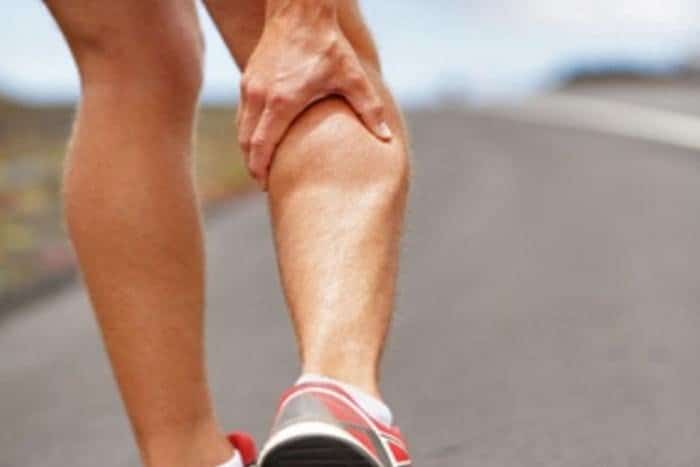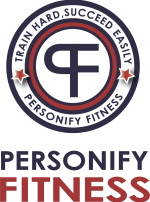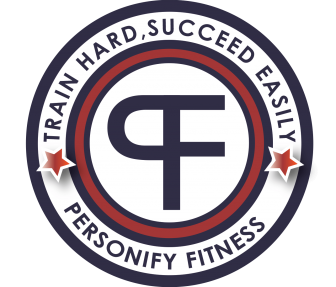Ben interviewed Matt Lovell in a recent sports nutrition seminar (Matt has been the sports nutritionist for England Rugby, Tottenham Hotspur and Manchester City football teams):
Muscle cramps:
Although there is not primarily one reason for the occurrence of muscle cramping in recent publications. The world’s best sports nutritionists look to the following things to reduce risks.
After discussing how athletes at all levels can experience cramping, these 7 tips were developed to avoid your cramping as you take the next stages of your training plan:
Tip 1: Adapt around the environment (temperature or climate):
Ensure the ideal clothing is worn to best suit the temperature or climate you are in.
Tip 2: Muscular weakness:
Cramping often occurs in the weaker or more fatigued muscles, ensure that if you notice this happening in the same area regularly that you focus on increasing strength, endurance and flexibility of such areas to reduce risk of reoccurrence in the future or on race day.
Tip 3: Hydration:
Stay adequately well hydrated by drinking little and often throughout the day and increase your hydration levels parallel to your activity, climate and training intensity. 500ml more for every 60 mins light intensity, 45 mins moderate intensity, 30 mins high intensity exercise is normally a good rule to live by.
Tip 4: Carb loading:
Starchy carbohydrates typically absorb water (think how a bowl of porridge with water would change in consistency when left for over an hour) and therefore release more water from the body. If you are carb loading for an event, consider how this will affect your absorption (hydration) and actively look to increase water intake for 500ml per dense carb meal.
Tip 5: Magnesium levels:
Muscular spasms or recurrence of cramps can be related to low levels of magnesium. High magnesium sources include: leafy greens, nuts (almonds and Brazil nuts), seeds (squash and pumpkin) and oily fish (mackerel).
Tip 6: Sodium Balance:
To ensure your body can intake water at a cellular level it is important to have some sodium but equally eating high salty foods and being dehydrated can increase your sodium levels which could in turn negatively effect risks of cramping. Balance is key.
Tip 7: Electrolyte supplementation:
When at highest risk of muscular cramping, for example endurance events in hot conditions. Look to add an electrolyte sachet to your water to cover most of the above nutritional demands, it is best to discuss this with a Personify Fitness sports and fitness coach to ensure that you are choosing the right one to meet your individual needs.





